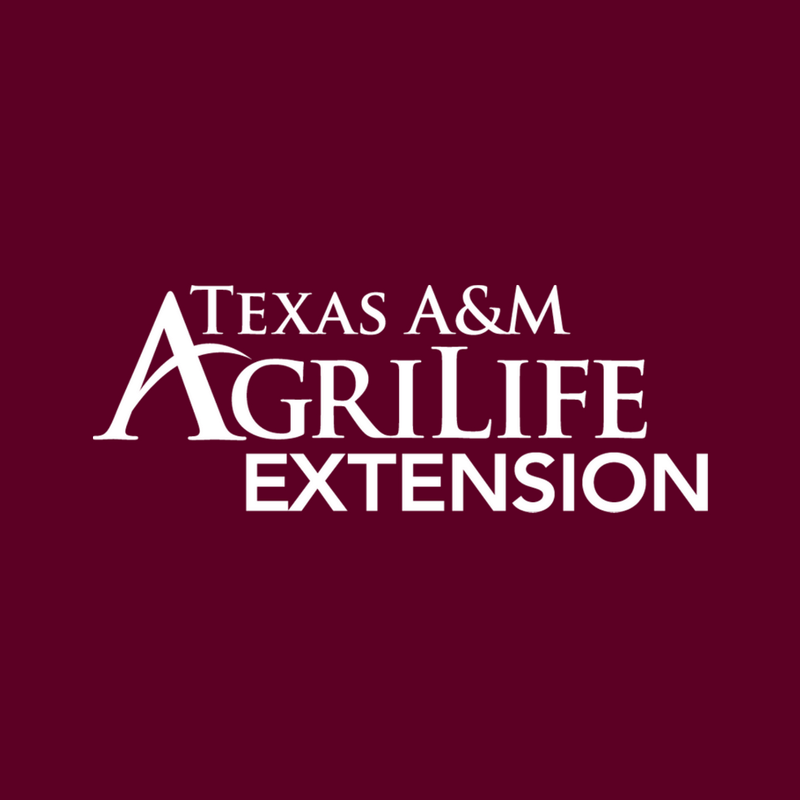
Fruitful nesting seasons in 2019 and 2020 contribute to a promising outlook for this year’s Texas spring turkey hunting season.
While the South Texas zone is already open for spring turkey season, activity across much of the state officially began April 3, according to Texas Parks and Wildlife Department (TPWD) Wild Turkey Program Leader Jason Hardin.
There should be many successful Texas hunters this season no matter the location, he said in an interview with the Texas Farm Bureau Radio Network.
“We had great production in 2019, so those birds are now two-year-olds across most of the [Rio Grande wild turkey] range. And we had another good year of production last year, so there will be a lot of jakes out there, which bodes well for new hunters or folks that are just out looking to put a bird in the freezer and also bodes well for the 2021-2022 season, because we’ll have a lot of two- and three-year old birds next year,” Hardin said. “Time will tell what production will be like this year, but for now it looks good. I’ve been out around the state and seen birds strutting and gobbling from North Texas all the way to the Rio Grande River.”
Spring 2021 turkey season dates
The spring Rio Grande wild turkey season in northern counties is from April 3 to May 16 and from March 20 to May 2 in the southern zone.
Hunters should take note a special one-turkey bag limit exists in Bastrop, Caldwell, Colorado, Fayette, Jackson, Lavaca, Lee, Matagorda, Milam and Wharton counties.
The Eastern wild turkey season in East Texas is from April 22 to May 14. The East Texas counties include Bowie, Cass, Fannin, Grayson, Jasper, Lamar, Marion, Nacogdoches, Newton, Panola, Polk, Red River and Sabine.
Harvested birds in East Texas must be reported to TPWD within 24 hours, and all Eastern turkey harvests must be reported through TPWD’s app or website.
Reports may be made using the TPWD My Texas Hunt Harvest webpage or through the TPWD My Texas Hunt Harvest app.
Hardin said the mandatory reporting is to help TPWD get an accurate population count in an area where less hunting occurs.
With limited harvest in East Texas and those 10 counties from Lee down to Matagorda, we just don’t have the data to rely on through our small game harvest survey. By requiring mandatory reporting, we can get really precise numbers on what’s being harvested in that area and use that from year-to-year to track what’s going on with that population.
Hunters must also have an upland game bird endorsement to hunt turkeys. The endorsement is available as part of a TPWD super combo license or may be purchased separately, Hardin said.
It is legal to harvest bearded hens in the spring, which Hardin said allows new or inexperienced hunters some leniency in accidentally shooting the wrong sex and avoids wasting harvested game.
If someone accidentally shot a bearded hen, we’d rather them utilize that bird, take the meat, take the feathers, use what you would with a male and not waste that game. That is the goal.
Maintaining proof of sex after harvest is important. Hardin advised hunters to keep a patch of skin with breast feathers and beard attached from a bearded hen. Hunters should keep a leg, including the spur, or a patch of skin with breast feathers and beard attached from a gobbler until the bird reaches its processing destination.
The beard does not have to be attached to the bird, but it needs to be with the bird. It used to be that you had to maintain that proof of sex attached to the bird, but that made it a little more difficult to store that bird, get it cut up, put in a cooler. We tried to ease that regulation on our hunters, and now they just need to maintain that proof of sex somewhere with them in that vehicle. So, whenever the game warden does visit with them, they can show that proof of sex.
(story shared by Brown County Extension Agent Scott Anderson)

